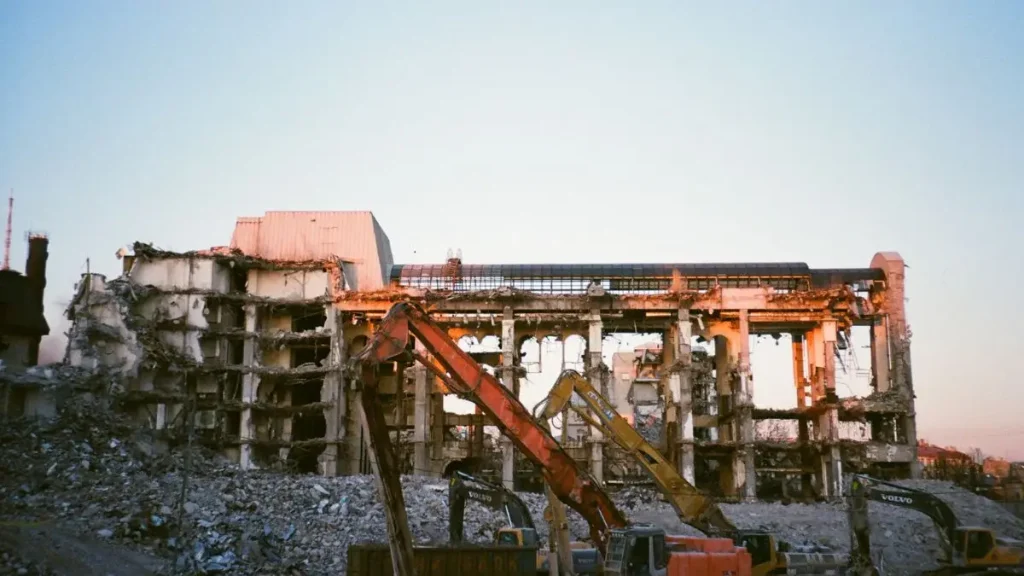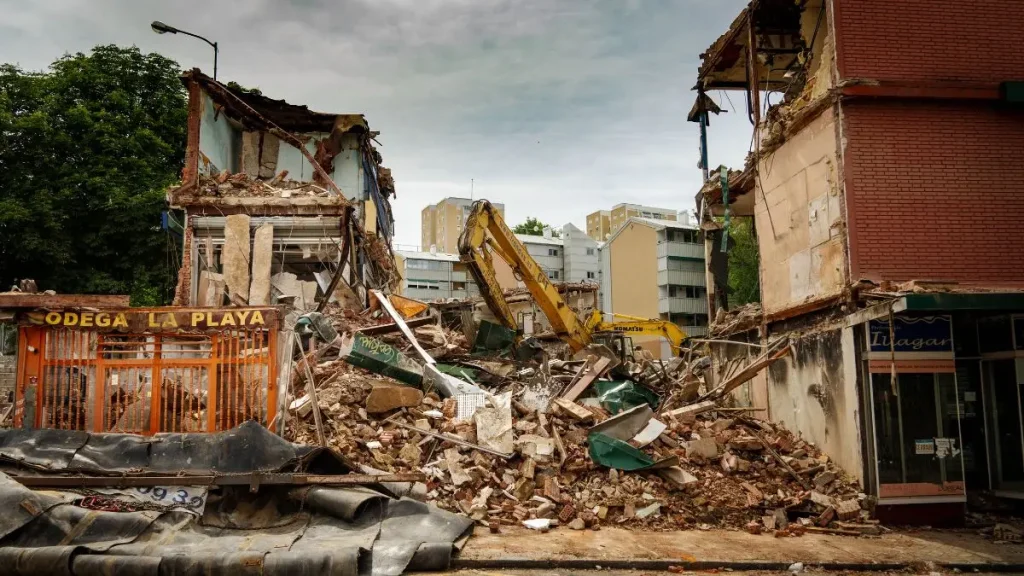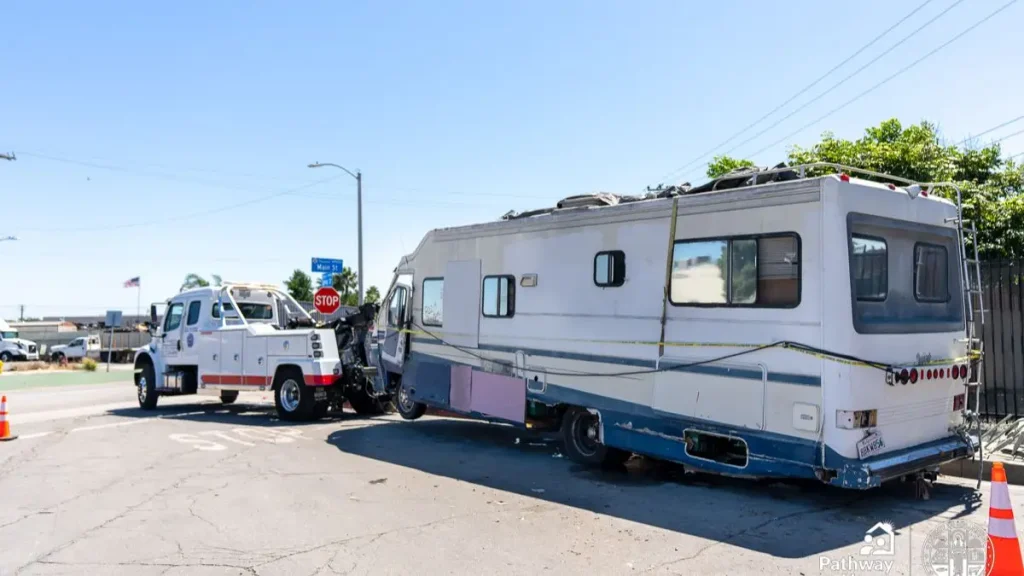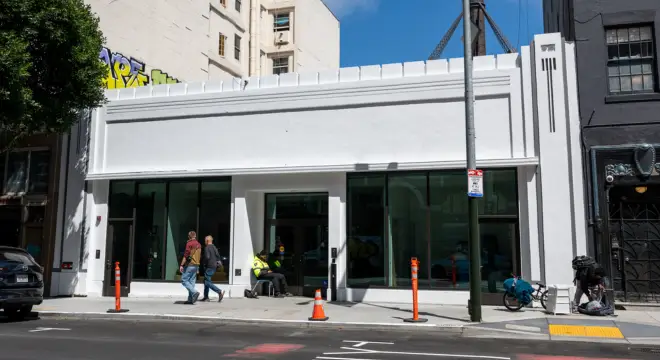94 Year Old Texas Grandmother Loses Home in Floods
Imagine holding onto a home for nearly 60 years—watching your kids grow up there, hosting every major holiday, watching your granddaughter get married just steps from the front door. That was life for 94-year-old Betty Matteson in Hunt, Texas.
Her riverside home, known as Casa Del Rio, wasn’t just property. It was memory. It was tradition. It was family history carved into stone and soil, rooted so deeply that letting go never felt like an option.
Generations of Mattesons had gathered there every summer. They fished in the Guadalupe River, hiked the cliffs, floated past Camp Mystic waving to laughing kids in canoes. Her great-grandchildren learned to swim in that water. Her late husband is buried nearby.
This wasn’t just a house. It was the kind of place people come back to—year after year, life chapter after chapter.
And then, in one terrifying night, it was gone.
Water surged past their deck, climbed the steps, and poured into every room. Betty, her family, their pets—everyone rushed into the attic and waited in silence. When they were finally rescued, the house was unrecognizable. Furniture destroyed, walls soaked, mud caked across everything they once called home.
That kind of loss doesn’t show up in insurance claims. You can’t put a price on history. Or grief.
When the River Turned: Inside the Night of the Flood
I want you to picture this: it’s the Fourth of July, early morning. You’ve just spent the night laughing with your family, maybe had a few drinks, maybe planned to float the river later. But instead of waking up to sunlight, you’re scrambling into an attic—praying the water doesn’t rise any higher.
That’s exactly what happened to Betty Matteson and seven others, including two cats and two dogs, when floodwaters tore through her home in Hunt, Texas. According to CNN, the Guadalupe River surged nearly 30 feet in a matter of hours, swallowing neighborhoods, camps, and decades of memories.
They waited in the attic for hours, unsure if they’d survive.
And when the waters finally receded, Casa Del Rio was gone. Not just wet—ruined. Mud everywhere. Furniture wrecked. Walls destroyed. Everything Betty had spent her life building, washed out in a single night.
You read stories like these and think they happen to someone else. Until they don’t.
And while Betty’s home was lost to water, families elsewhere have faced devastation from fire—like this Southern Indiana family whose home was reduced to ashes in a massive blaze, though thankfully without injuries.
The Cost of Rebuilding: What Insurance Wouldn’t Cover

Now imagine this—after all that devastation, you find out your insurance won’t cover a single dollar of the damage.
Betty’s family estimates the rebuild will cost around $500,000. But like many in Kerr County, they didn’t have flood insurance. Not because they were careless—but because it was simply unaffordable. Her granddaughter Shannon said premiums ranged between $6,000 and $8,000 a year. That’s a huge financial load, especially for an elderly woman renting out a cottage just to manage basic costs.
Here’s the kicker: Only about 2% of homes in that entire county had flood insurance, according to FEMA.
If you’re thinking, “Well, I live in a safe area,” let me stop you right there. Flood maps don’t always reflect reality anymore. Climate patterns have shifted, and what used to be a “once-in-a-century” storm is now hitting every few years.
The truth? Most of us are one bad storm away from financial disaster—and we don’t even know it.
Just like in Iowa, where a local home caught fire and triggered a swift community response, these moments remind us that while disasters destroy structures, they also reveal the strength of people.
A Climate Wake-Up Call We Can’t Ignore
Let’s be honest. When politicians call something a “1-in-100-year event,” it sounds like comfort. Like a freak accident. But that’s not what’s happening anymore.
This wasn’t just a random flood. The U.S. Geological Survey has been warning us for years: flooding along the Guadalupe River has been increasing in frequency and magnitude. Central Texas is seeing heavier rains, longer storms, and faster surges—especially in river basins.
According to NOAA, Texas, North Carolina, Illinois, and New Mexico all got hit with major flash floods in the same month.
So no, this isn’t random. This is the new normal.
And you’ve got to ask yourself: Am I prepared? Do I even know if my home is at risk?
In fact, disasters don’t discriminate—a New York family of seven was recently left homeless after a house fire, with similar struggles around insurance and where to even begin rebuilding.
You Don’t Let Go of Home: Why They Still Want to Rebuild

Now here’s what surprised me most: even after everything—the flood, the mud, the heartbreak—Betty and her family still want to rebuild.
You might wonder, “Why go through it again? Why risk it?”
Because for them, it’s not just a house. As her granddaughter put it, “Saying goodbye is like almost not an option.” And her grandson Barry? He said it straight up: “It’s a part of my identity.”
That hit me.
We all have places like that. Places that shaped us. That hold our first memories, our hardest goodbyes, our biggest celebrations. Walking away from those places doesn’t feel like safety—it feels like giving up.
Even if it doesn’t make sense on paper, sometimes your heart pulls harder than logic ever could.
What about you? Have you or someone in your family ever faced a disaster like this? Did you choose to stay, rebuild, or walk away? Share your story in the comments—we’d love to hear how you handled it.
Why Most Texans Are Still at Risk of Losing Everything?
I’ll say this as clearly as I can: if you live in Texas—or anywhere near water—you need to know the odds are stacked against you.
Only 4% of homes in the U.S. have flood insurance, according to FEMA. In high-risk areas like Kerr County, it drops even lower. The rest of us? We’re rolling the dice.
And here’s what’s worse: most emergency systems are outdated. In Betty’s case, there were no flood sirens. No warning. Just the water rising in the dark. That failure is still being debated by local officials, but it doesn’t change what happened.
If we don’t start talking about this—loudly, urgently—we’re just waiting for the next family to go through what Betty’s did.
In many flood-prone areas, residents have started turning to WhatsApp groups to share real-time alerts, lost-and-found updates, and recovery resources—sometimes faster than official channels. It’s become a quiet but vital tool in keeping communities informed and connected.
Final Thoughts
I’ll be honest: when I first read Betty’s story, I thought, there’s no way they should rebuild. It felt risky, maybe even reckless.
But then I read more. I saw the wedding photos under the trees. The multi-generational memories. The tears in her grandson’s eyes when he said, “It’s part of who I am.”
That’s when it clicked.
For some of us, home is just walls and a roof. But for others, it’s sacred ground. It’s legacy. It’s the one place that never changed—even when everything else did.
Still, this flood leaves behind hard questions. Are we ready for what climate is doing to our homes? Can we afford not to be?
You and I might not live on the banks of the Guadalupe River, but the lessons are the same everywhere:
Know your risks. Get your coverage right. Plan like you’ll be next—because one day, you might be.
And at the same time, protect what matters. Not just with money or documents—but with memory, love, and community. The stuff that floods can’t wash away.
Want to read more real stories about home loss, recovery, and rebuilding? Visit our Disaster & Recovery section for more in-depth coverage, or explore firsthand accounts of how families bounce back after disaster.
Disclaimer: All information in this article is based on publicly available reports as of July 2025. For financial or legal decisions, please consult a certified expert. Flood patterns and assistance programs may change over time.


